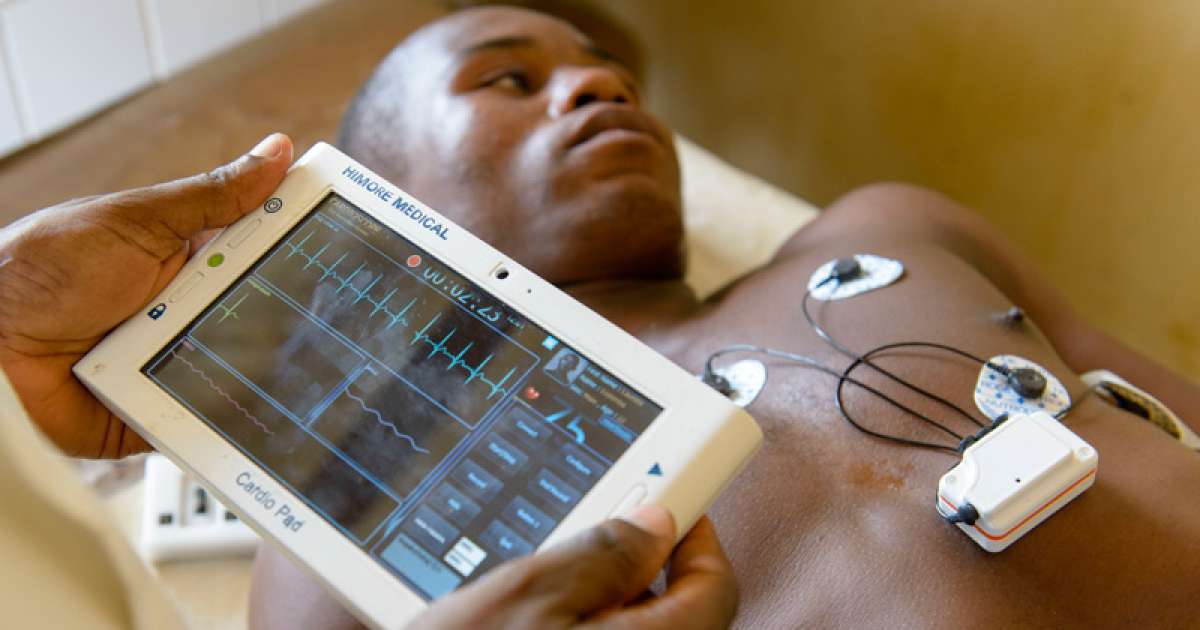Serious Symptoms Of Hemochromatosis
Heart Failure

Hemochromatosis, when left untreated, can lead to a host of heart problems, including congestive heart failure. These heart problems happen because the disease causes excessive amounts of iron to build up inside the heart, preventing the heart from pumping blood around the body effectively. Arrhythmias happen when the heart beats irregularly. Heart failure means the heart cannot work normally and fails to provide enough oxygen to the tissues. A distinctive sign of this is swollen limbs; the limbs swell because the kidneys cause the body to retain water. Other symptoms include shortness of breath, coughing, dizziness, and a high heart rate.
